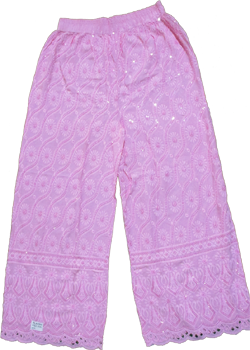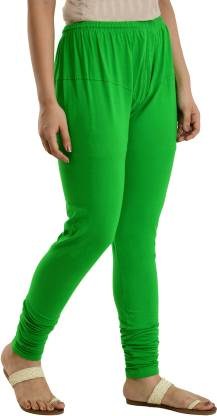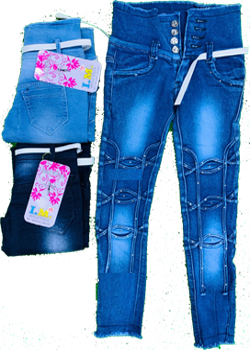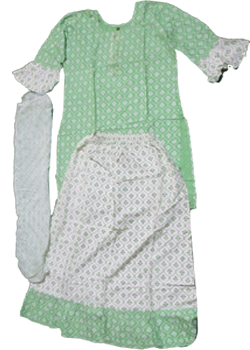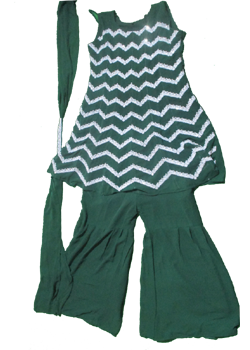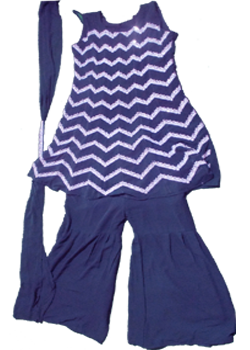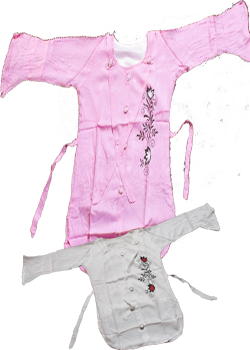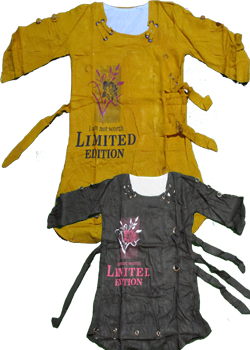









Milky White Gown with Pink Dupatta (SR2)
Gown Fabric : Georgette Gown work : Lucknowi Chikankari Chest : 40" (Inside 2 inch extra margin available so user can adjust up to 36” to 42” for your body comfort ) Arm Hole : 16” Waist : 36" Length : 57" Sleeve length : 22” Sleeve Work : Lucknowi Chikankari Lining : Cotton (Full upto bottom) Dupatta Dupatta Fabric : Original Bandhej Sillk (Bandhani Dupatta) Dupatta Length : 2.3 meter Dupatta work : Lace Border with Tassels Party Wear, well allows one to gain self-confidence and that's an important aspect of communication. Good communication skills can be obtained easily if one decides to choose what to wear wisely| Perhaps the most obvious function of dress is to provide warmth and protection. Many scholars believe, however, that the first crude garments and ornaments worn by humans were designed not for utilitarian but for religious or ritual purposes | For order anything logon to www.orderonclick.com or download the Electrolife app now
Gown Fabric : Georgette Gown work : Lucknowi Chikankari Chest : 40" (Inside 2 inch extra margin available so user can adjust up to 36” to 42” for your body comfort ) Arm Hole : 16” Waist : 36" Length : 57" Sleeve length : 22” Sleeve Work : Lucknowi Chikankari Lining : Cotton (Full upto bottom) Dupatta Dupatta Fabric : Original Bandhej Sillk (Bandhani Dupatta) Dupatta Length : 2.3 meter Dupatta work : Lace Border with Tassels Party Wear, well allows one to gain self-confidence and that's an important aspect of communication. Good communication skills can be obtained easily if one decides to choose what to wear wisely| Perhaps the most obvious function of dress is to provide warmth and protection. Many scholars believe, however, that the first crude garments and ornaments worn by humans were designed not for utilitarian but for religious or ritual purposes | For order anything logon to www.orderonclick.com or download the Electrolife app now
-

Mr. Customer
08-03-2021Lorem Ipsum is simply dummy text of the printing and typesetting industry. Lorem Ipsum has been the industry's standard dummy text ever since the 1500s, when an unknown printer took a galley of type and scrambled it to make a type specimen book






